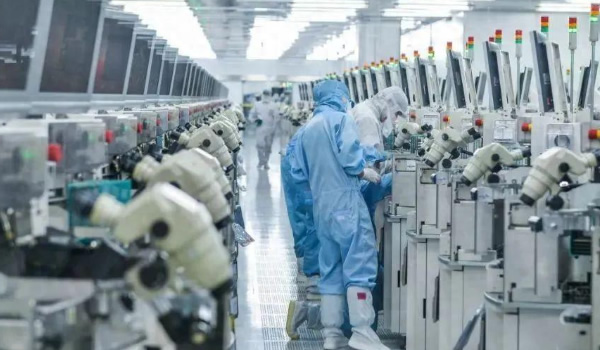
1. N-type semiconductor
N-type semiconductors are also known as electronic semiconductors, that is, impurity semiconductors where the concentration of free electrons is much greater than the concentration of holes.
Formation principle
Both doping and defects can increase the electron concentration in the conduction band. For germanium and silicon semiconductor materials, doped with group Ⅴ elements, when the impurity atoms replace the germanium and silicon atoms in the lattice in a substitutive way, it can provide an excess electron in addition to meeting the covalent bond coordination, which forms an increase in the concentration of conduction band electrons in the semiconductor, such impurity atoms are called donors. Donors of Ⅲ-Ⅴ compound semiconductors often use group Ⅳ or group Ⅵ elements. Some oxide semiconductors, their chemical ratio often presents hypoxia, these oxygen vacancies can show the role of the donor, so such oxides are usually electronic conductivity, that is, N-type semiconductors, vacuum heating, can further enhance the degree of hypoxia.
Two, P-type semiconductor
P-type semiconductors generally refer to hole-type semiconductors, which are mainly semiconductors with positive hole conduction.
form
A P-type semiconductor is formed when a trivalent element (such as boron) is added to a pure silicon crystal to replace the silicon atoms in the lattice. In P-type semiconductors, the holes are many, the free electrons are few, and the conduction is mainly by holes. Because the amount of positive charge in P-type semiconductors is equal to the amount of negative charge, P-type semiconductors are electrically neutral. The holes are mainly provided by impurity atoms, and the free electrons are formed by thermal excitation.
Characteristic:
(1), N type semiconductor
Because the amount of positive charge in N-type semiconductors is equal to the amount of negative charge, N-type semiconductors are electrically neutral. The free electrons are mainly supplied by impurity atoms, and the holes are formed by thermal excitation. The more impurities are added, the higher the concentration of polyons (free electrons) and the stronger the conductivity.
(2), P-type semiconductor
The more impurities are added, the higher the concentration of polyons (holes) and the stronger the conductivity.

 Hotline
Hotline
 Tel: 0755-2944 6199
Tel: 0755-2944 6199  Fax: 0755-2944 6099
Fax: 0755-2944 6099  E-mail: www.semihk.com
E-mail: www.semihk.com  Website: www.semihk.com
Website: www.semihk.com Address: Fuhai Information Port, Xinhe Community, Fuhai Street, Baoan District, Shenzhen
Address: Fuhai Information Port, Xinhe Community, Fuhai Street, Baoan District, Shenzhen  Factory address: Xinliu Industrial Park, Changlonggang Industrial Zone, Shatian Town, Huiyang District, Huizhou City
Factory address: Xinliu Industrial Park, Changlonggang Industrial Zone, Shatian Town, Huiyang District, Huizhou City 